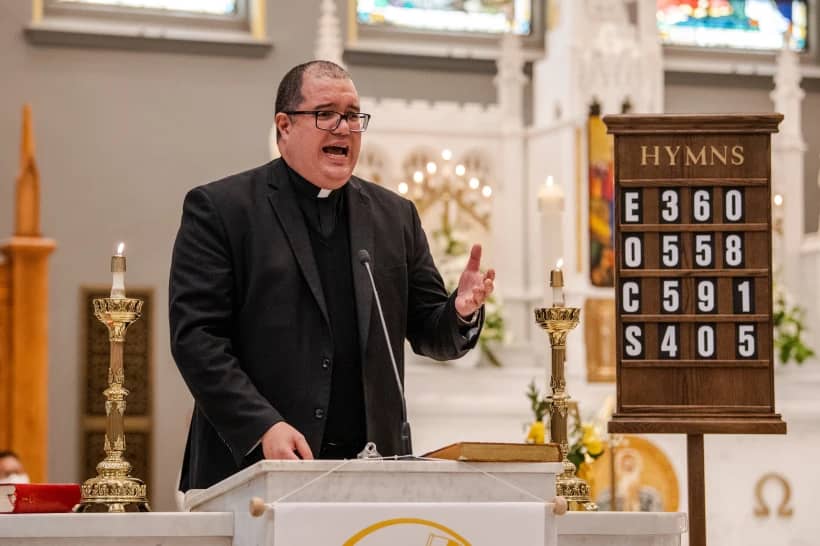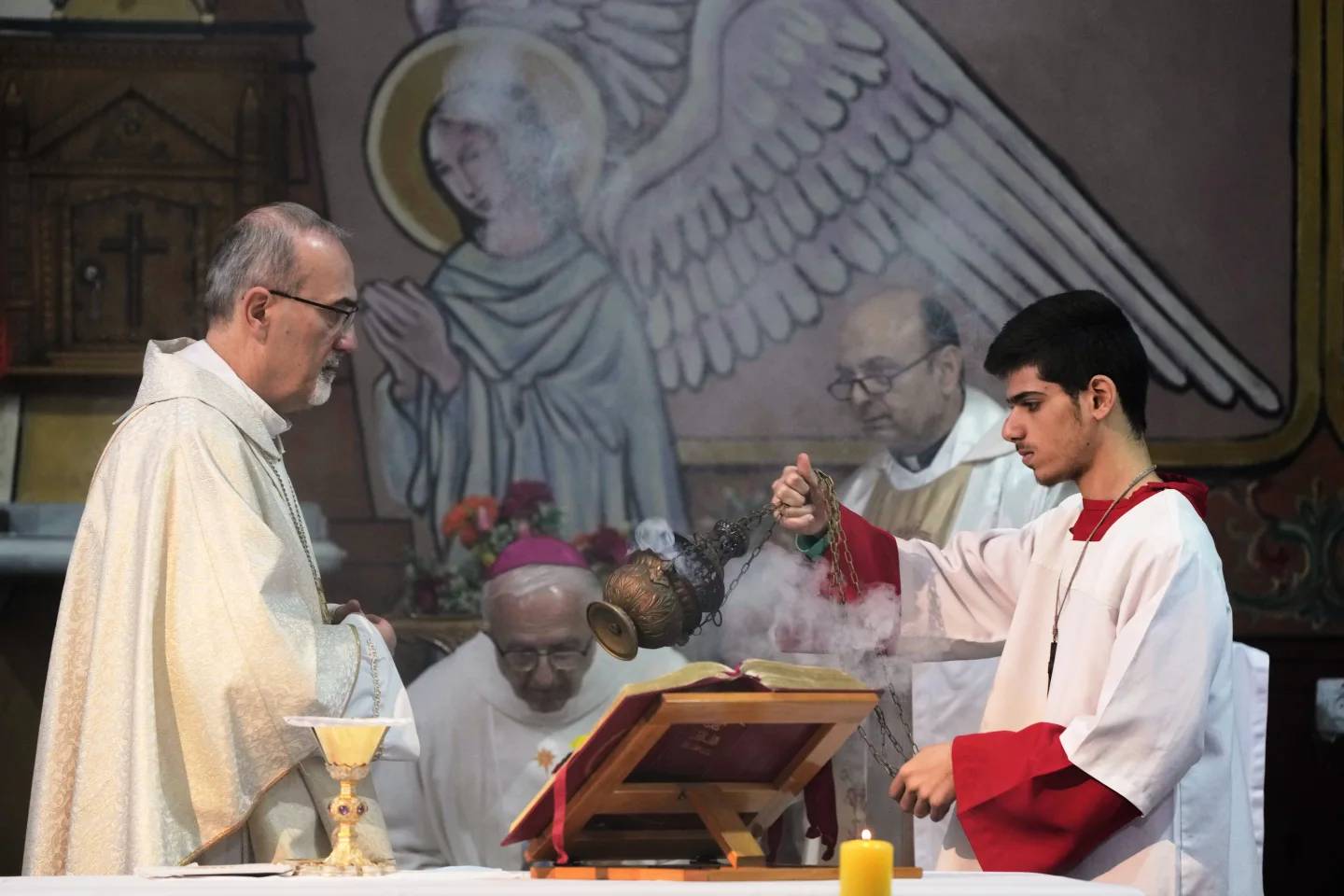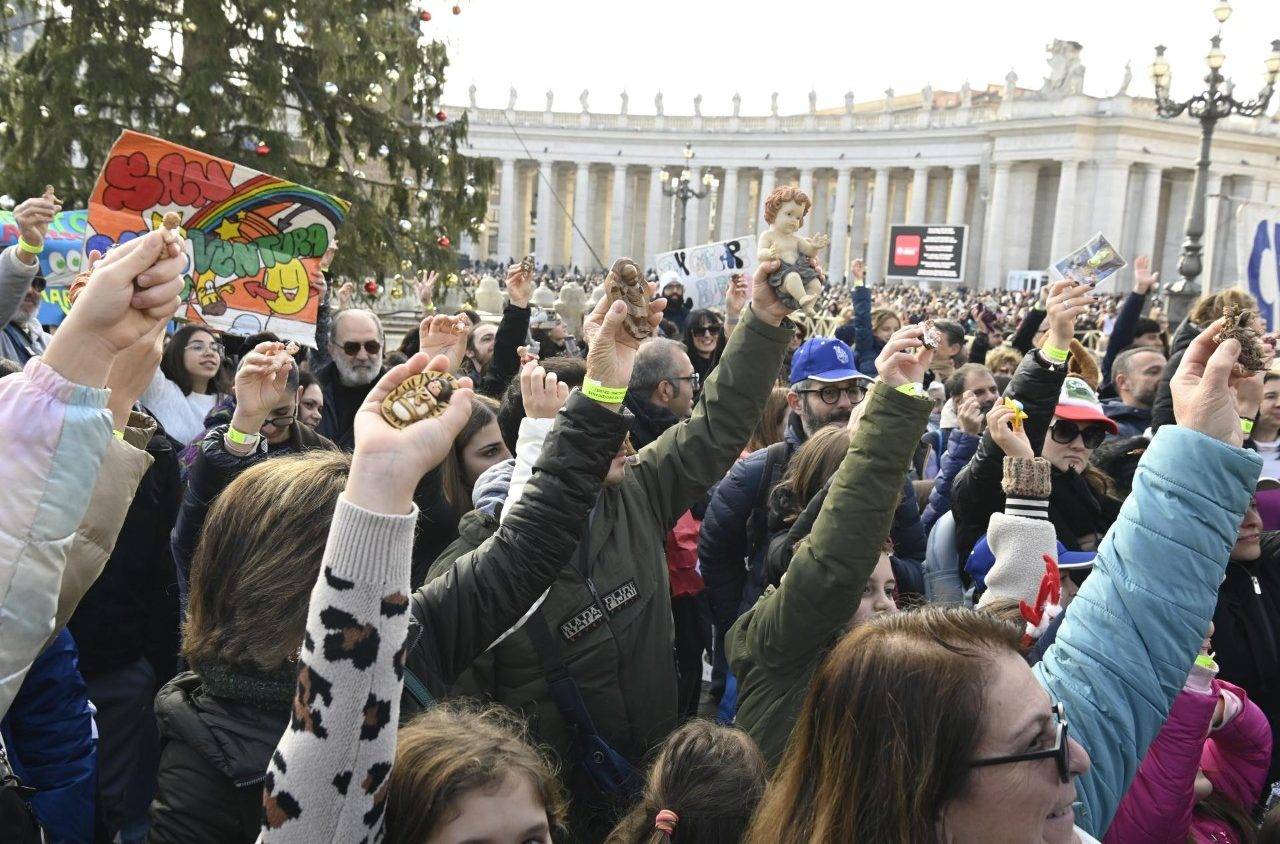Many Western adults might remember playing the childhood game of “Hop, Skip, and Jump.” In the game, depending on where your rock fell, you had to either hop, skip, or jump over squares to reach the end and possibly win the game.
Interestingly, the game comes to mind for the Solemnity of the Assumption tomorrow. Normally, this high feast day would be a Holy Day of Obligation in the United States. Since the holy day falls on a Monday, however, the obligation is dispensed because it’s back-to-back with a Sunday.
So, in trying to understand: If Holy Days of Obligation fall on a Monday (or a Saturday) in the United States, then the obligation is lifted? Well, yes, but only for certain ones: the obligation is lifted for the Assumption, All Saints’ Day, and Mary Mother of God.
This accommodation, however, does not apply to Christmas and the Immaculate Conception. Yes, these two holy days are different and are always obligatory, even if they fall on a Monday or Saturday.
Admittedly, this seems to involve a lot of hopping.
Enter 2013. In that year, the Immaculate Conception fell on a Sunday. Since Sunday retains its dignity as the “little Easter” of every week, the Immaculate Conception was moved to Monday. Since the solemnity was moved, the obligation was dispensed, even though it would normally never be removed.
But in 2014, the solemnity really fell on a Monday (and wasn’t moved there because of a Sunday) and so the obligation was not dispensed. So, yes, in 2013 the Immaculate Conception on Monday was not obligatory, but the 2014 Immaculate Conception on Monday was?
OK, this definitely involves some very confusing skipping.
Honestly, the hopping and skipping described above are a complicated series of jumping through hoops. Keeping up with these different applications is a lot to ask of people who are not trained theologians, liturgists, or canon lawyers, and who also have pressing family and professional responsibilities in their lives.
It’s a lot to ask of people who just want to worship God and be faithful members of the Church.
In the hopping, skipping, and jumping involved in trying to remember when a holy day is obligatory or not, the Church loses something of the holiness of the day. The focus ends up being more on the jumping through hoops rather than the preeminence of the feast day.
A summary of why the Church has holy days of obligation might be helpful.
In its history, the Church raises certain feast days to the status of a solemnity, meaning a high feast day. This designation makes the feast day equal in dignity to a Sunday and teaches the believer that certain events and truths are central to the Christian way of life.
Among these high feast days, the Church selects certain ones and places an obligation alongside their observance. In such cases, not only the solemnity but the obligation itself teaches the believer the importance of the celebrated event or truth of faith.
The obligation also stresses the communal nature of the faith – and the particular solemnity – since the believer is expected to participate in Mass as a part of the obligation. The designation of an obligation on a feast day, therefore, is historically an essential part of the Church’s overall teaching on the importance of holy days and on the paramount significance of the events which these solemnities celebrate.
In light of this understanding, any obligation placed on a solemnity should not be taken lightly, and it should not look like a child’s game of hop, skip, and jump.
What then can be done? There are many options given to national conferences of bishops.
In Canada, almost all of the solemnities have been moved to the closest Sunday. This transfer to Sunday has been done throughout the United States with the Epiphany, and this has also been done in many dioceses in the US with the Ascension. (Although the lack of continuity with the Ascension has led to serious confusion, with some dioceses having it on Thursday with an obligation, and others having it double-up with the closest Sunday.)
While such a transfer of solemnities to Sunday can diminish older customs, such as the traditional nine days of prayer between the Ascension and Pentecost that are the basis of the “novena” devotions, the juridical simplicity of the Sunday observance and the greater attendance of believers for the celebration are worth serious consideration.
The other option is to keep the solemnities where they are on the liturgical calendar but remove the attached obligation.
While the use of an obligation can be a teaching tool, the Church can use other means to instruct and emphasize high feast days. For example, attendance at Ash Wednesday Masses is always out of usual proportions, and this holy day has no such obligation.
Even more importantly, the Liturgy of the Lord’s Passion on Good Friday has no obligation, and yet it is usually very well attended by believers (and a few non-believers).
Of course, the Church could also keep the holy days with an obligation where they are on the liturgical calendar and see what happens. Such a test in a pluralistic society, however, could prove depressing.
In keeping its focus, the Church recalls that the events and truths of faith that are marked by a solemnity are important to the Church’s life. These are sacred observances and should lead believers to an encounter with God. As such, the obligation surrounding some of the solemnities should be used without capriciousness or its appearance.
If the obligation surrounding certain solemnities looks more like a juridical game of hop, skip, and jump, rather than a summons to worship and discipleship, then the Church loses far more than she gains.














